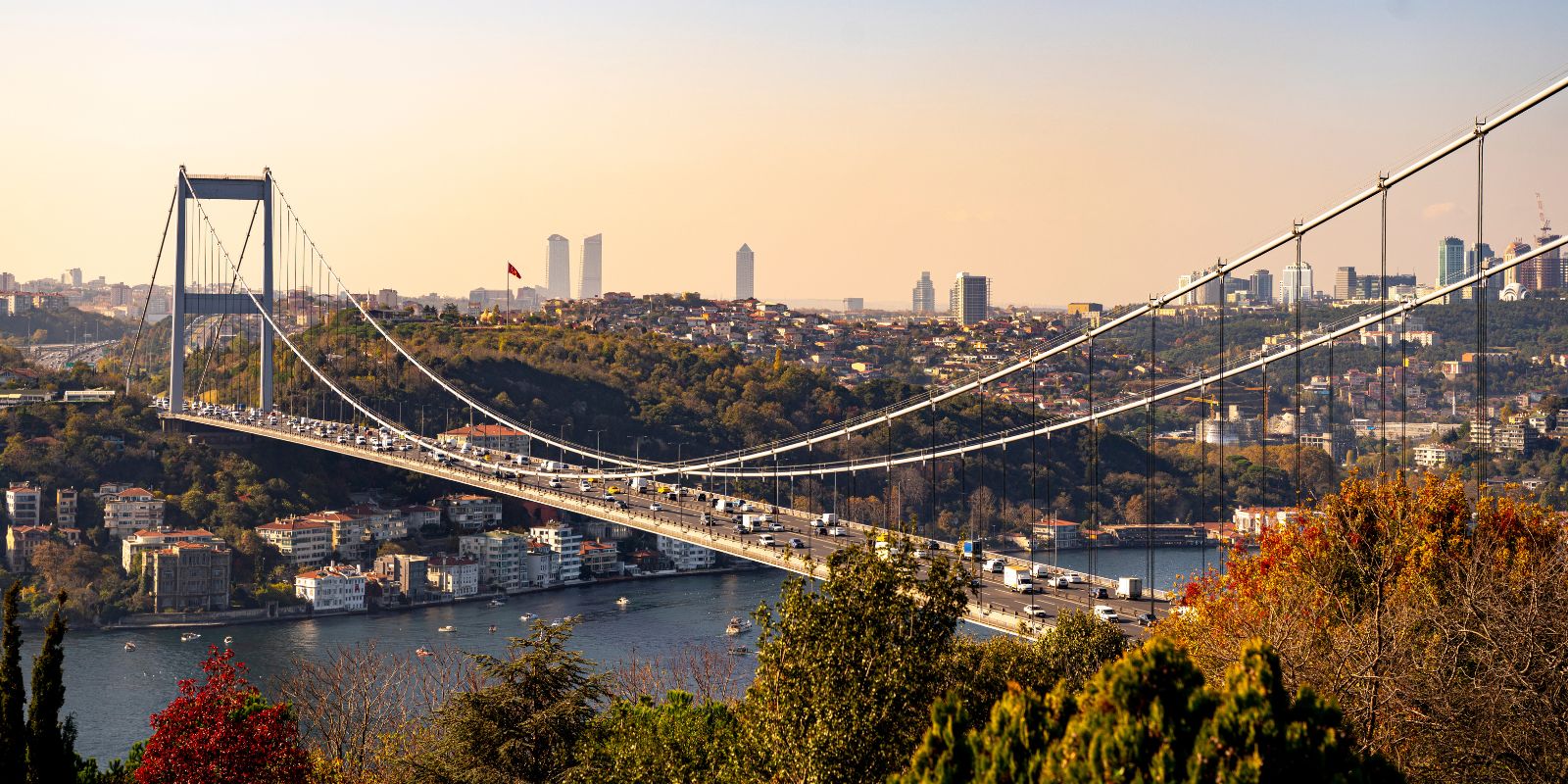1. History and Culture:
- European Side: Historically, the European side served as the capital for both the Byzantine and Ottoman Empires. Consequently, this side is dense with historical structures such as Hagia Sophia, Topkapi Palace, and the Grand Bazaar. It also forms the historical and cultural heart of the city.
- Anatolian Side: The Anatolian side has been home to various communities since ancient times. In districts like Kadıköy and Üsküdar, one can find mosques from the Ottoman era as well as remnants from antiquity.
2. Daily Life
- European Side: Home to business centers, shopping streets, and the social hub of the city, this side is bustling at all hours. Areas such as Taksim, Nişantaşı, and Beşiktaş attract both locals and tourists alike.
- Anatolian Side: Though places like Kadıköy and Bağdat Avenue have a vibrant social life, the Anatolian side, in general, offers a more peaceful and family-centered living.
3. Transportation:
- European Side: Istanbul’s main airports and bus terminals are located on this side. Additionally, public transportation options like the metro and metrobüs are well-developed.
- Anatolian Side: While there are public transport options here as well, maritime transport is more pronounced. Ferry and sea bus services connect the two sides.
4. Natural Beauties:
- European Side: This side boasts natural beauty spots like Belgrad Forest and Florya Beach.
- Anatolian Side: It is home to areas like Polonezköy, Beykoz Grove, and Şile beach.
In conclusion, while there are differences between Istanbul’s two sides, both reflect the city’s unique character and diversity. Whether it’s through its historical sites or its natural beauty, there’s a lot to discover on both sides. Istanbul has always stood out in history as a city that merges its two sides into a unique identity.



